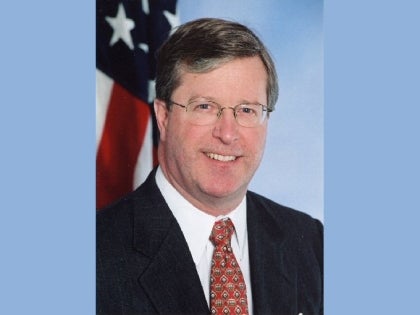
The Quiet Success Of Regulatory Reform

One of the quieter success stories in New York state government over the past decadehas beenwhat’s commonlycalled "regulatory reform."
I was first elected to the state Legislature in 1978, a year that happened to coincide with the creation of a state Office of Business Permits. This new office was the first in a long line of so-called regulatory reform efforts over the next two decades. As our state struggled economically throughout the 1980s and into the ‘90s, many of us repeatedly pitched the same message: New York’s a tough place to do business because of high taxes and excessive regulation. And while the bureaucracy paid lip service to regulatory reform with the Office of Business Permits and other efforts, lip service was about all it amounted to -- until 1995.
In 1995 newly elected Governor George Pataki issued Executive Order No. 20. This order created a new Office of Regulatory Reform which, in turn, sparked what’s become an aggressive, comprehensive and effective focus on meaningful reform. For the first time one central agency undertook the challenge. It’s been the independence and oversight of this office -- which, by the way, operates on an extraordinarily small budget and staffing levels by the standards of the state bureaucracy -- that’s made the difference.
Since 1995, the growth of new state rules and regulations has been reduced by two-thirds. Thousands of regulations have been streamlined or eliminated. It’s estimated that the Office of Regulatory Reform has saved businesses and taxpayers more than $3 billion in unnecessary costs.
What kinds of costs? Consider the following:
-- At one time the state’s cider distributors were required to file a monthly sales tax report with the state, even though cider sales are largely seasonal in nature and, for many distributors, generate minimal revenue. A monthly filing was a burdensome, time-consuming and unnecessary requirement. So the rule was changed. Cider distributors now file an annual sales tax report, thereby saving distributors approximately $140 a year in paperwork costs; or how about this one,
-- New York was providing a state sales tax exemption for farmers buying materials to erect or improve silos. But at one time state regulations specified that materials used in the silo’s foundation were not exempt from sales tax. In other words, farmers could get a sales tax exemption for putting up the sides of their silos, but not the foundation. A common sense change was clearly in order to exempt all of the materials utilized in silo construction. A further change instituted a sales tax exemption for farm-related personal protective equipment. The changes can save farmers statewide $300,000 a year in taxes.
Small-scale regulatory reforms like these, occurring throughout a vast bureaucracy affecting the lives of New Yorkers in countless ways, ultimately become meaningful.
The impact of meaningful regulatory reform should never be underestimated. Changes will come and go in state government, but in my opinion we can never afford to backtrack on a commitment to limiting the state bureaucracy’s ability to issue out-of-touch, unreasonable and sometimes downright ridiculous regulations that stifle economic growth and individual initiative.
This year I sponsored legislation, recently signed into law, that creates a permanent process to review state rules and regulations to make sure that they’re not detrimental to our agricultural industry. This new law permanently ensures that New York’s regulatory bureaucracy will forever assess its impact on farming. That’s a great victory for agriculture in New York State. Supporters of the new law, including the New York Farm Bureau, believe it will help ensure that the positive work many communities have done to strengthen agriculture is not inadvertently undermined by uninformed state rules. Agriculture is the backbone of our rural economies, and we can’t risk having a state bureaucracy that unfairly and unreasonably hinders the industry’s growth.
So we’ve ensured an ongoing regulatory review for agriculture, but we should be looking to set in stonesimilar effortsthroughout state government.



